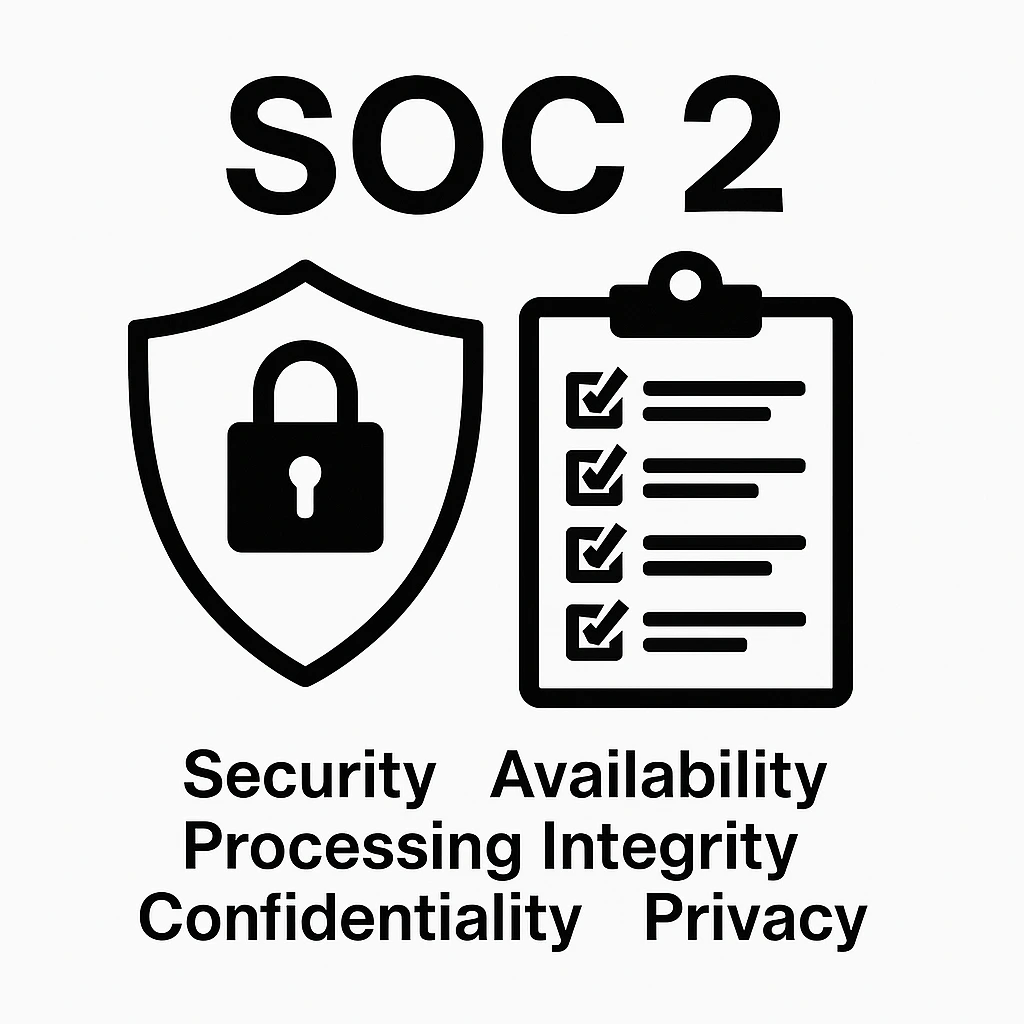
In a landscape where data breaches erode trust and regulatory pressure rises, SOC 2 stands as a practical framework for demonstrating robust controls. For security-minded organizations, SOC 2 validation signals that systems handling sensitive information meet a rigorous set of Trust Services Criteria, including security, availability, processing integrity, confidentiality, and privacy.
The SOC 2 compliance checklist guides teams through scoping, risk assessment, and control selection, ensuring alignment with business priorities and customer expectations. By documenting control design and operating effectiveness, organizations gain an auditable trail that auditors and customers can verify. Implementing SOC 2 shifts from reactive security to proactive risk management: access controls, vulnerability management, incident response, and monitoring become continuous commitments rather than one-off tasks. Vendor risk grows as third parties access data; SOC 2 helps formalize due diligence and ongoing oversight.
The checklist emphasizes evidence collection, policy harmonization, and testing routines that reveal gaps before they escalate. Achieving and maintaining SOC 2 readiness builds market credibility, reduces sales friction, and strengthens resilience against evolving threats. For security-minded teams, the framework translates complex governance into actionable, measurable improvements that protect data and preserve stakeholder trust. This approach also supports audits, vendor oversight, and customer assurance programs globally.
This readiness checklist maps your controls to the Trust Services Criteria behind SOC 2, helping you quickly identify gaps before a formal audit. It covers the five categories—security, availability, processing integrity, confidentiality, and privacy—so you can prioritize improvements that align with customer expectations and regulatory demands. By detailing required policies, procedures, and evidence, it clarifies what auditors will review and what to demonstrate during fieldwork.
Key areas include access control, secure software development, change management, and incident response. The checklist guides you through risk assessments, asset inventories, and data flow mapping, ensuring you understand who can access data, how access is granted, and how privileges are revoked. It also emphasizes vendor management, third‑party risk, and continuous monitoring to sustain a strong security posture beyond the initial audit.
Use this guide to build a practical, auditable program that scales with your business. It helps you collect evidence, design sustainable controls, and articulate control rationales to auditors. With clear milestones, it supports remediation planning, executive communication, and ongoing governance for trust, transparency, and long‑term SOC 2 readiness.
Defining scope, mapping criteria, and designing controls form the foundation of a practical SOC 2 readiness program. Begin by identifying in scope systems, services, and user groups, then document data flows, interfaces, and trust boundaries. Align the scope with client services, contracts, and the period under review, while clearly separating out of scope environments to maintain rigor.
Next, map each control objective to the Trust Services Criteria: Security, Availability, Processing Integrity, Confidentiality, and Privacy, ensuring coverage across people, processes, and technology. A transparent criteria map helps prioritize risk, reveal gaps, and guide evidence collection.
Translate high level requirements into concrete controls: access management, change control, incident response, backups, encryption, monitoring, and third party risk management. Design controls with practical feasibility in mind, leveraging automation, defined ownership, accountability, and measurable indicators. Include control design documents, policy references, and tested procedures that describe who, what, when, and how success is measured.
Finally, establish a formal scoping review cadence to adjust for new services, vendors, or regulatory shifts. A well scoped, criteria aligned design accelerates testing, reduces scope creep, and strengthens stakeholder confidence throughout the SOC 2 journey. Documented rationale supports auditor confidence, while facilitating improvements and faster certification cycles.
Evidence collection is the backbone of a SOC 2 audit. A rigorous testing strategy aligns controls with Trust Services Criteria for security, availability, processing integrity, confidentiality, and privacy. Start by identifying verifiable artifacts: policy documents, access logs, change tickets, vulnerability scans, incident reports, and third party attestations.
Map each artifact to the control objective and the corresponding criteria, creating a traceable chain from evidence to conclusion. Establish a repeatable collection cadence, governed by role based access, data retention policies, and immutable logging where feasible.
Automate where possible: centralized log aggregation, continuous monitoring dashboards, and scheduled evidence exports reduce manual effort and error. During testing, combine sampler techniques with full coverage for high risk areas such as identity and access management, network segmentation, and data handling practices.
Validate both design and operating effectiveness by including walkthroughs, observation, and test procedures integrated into the testing plan. Maintain an evidence log with metadata: source, timestamp, responsible party, method, and result. Include reconciliations and exception handling, documenting remediation timelines and verification checks.
Finally, prepare a concise executive summary that links evidence to trust criteria, state conclusions, and reveal any residual risks and mitigations. This approach supports audit readiness, ongoing compliance, and rapid remediation efforts.